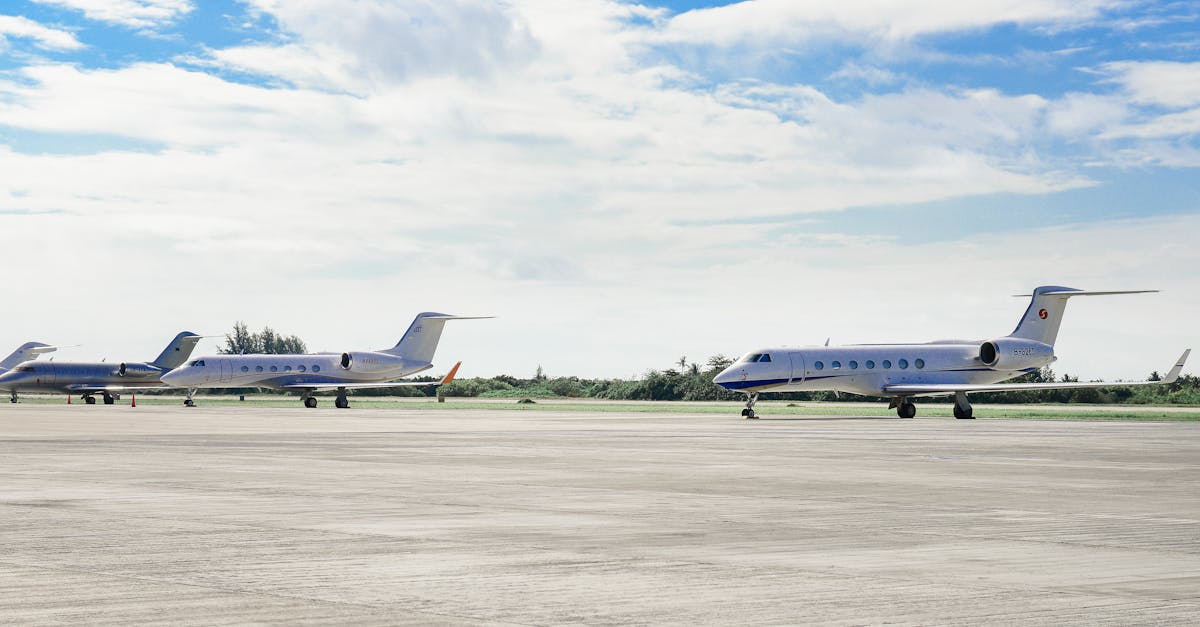
What does PNP mean in RC planes?
pnp is a system used by many manufacturers to simplify the wiring of their radio-controlled aircraft. PNP uses plug-in connectors to make wiring easier, and these connectors are color coded to help you correctly line up your wires.
Powered by PNP, the most commonly used power system in electric RC planes, PNP simply stands for Power No Pedal, the design of which allows the model to be flown by using a hand-held control. The power system is considerably lighter and more compact than a traditional multi-cell brushless system, allowing it to be installed in smaller, lighter aircraft.
PNP models are commonly referred to as brushless PNP. The P in PNP refers to power. Like many other types of electronics, electric RC planes use a power system to supply the electricity needed to run the aircraft’s motor. The “P” in PNP simply refers to the fact that a PNP system uses Pins.
Pins are used to plug in the wiring harnesses when building a PNP system and are color-coded so that wires can easily be connected to the correct PNP plug.
What does PNP mean in RC heli landings?
pnp stands for “Positive Neutral Positive”. The “Positive” setting ensures the parachute opens correctly and the “Neutral” setting lets the system judge the amount of pull needed to set the chute free.
The “Positive” setting is the default in most RC helicopters so you won’t have to change it. PNP, or power to neutral, refers to the motor’s power when your RC helicopter is at a standstill. As you can see in the image above, the neutral is the middle point between your throttle and gearstick (or joystick, if you’re using a control system that doesn’t have a stick).
If you don’t have PNP, your motor will only spin when you move the stick to the throttle or the gear down. PNP can help you avoid ground loops, a common problem when a propeller spins faster than your motor.
If your power setting is too high, your helicopter will take off, but the motor will spin faster than the blades, causing your helicopter to spin in place. If you have PNP, your motor will spin at the same speed as your blades, so there won’t be any ground loops.
What does PNP mean in RC heli flying?
PNP is an acronym for Power by the Pilot, Not the Propeller. In conventional helicopters, a human can move the helicopter’s collective pitch about a fixed point. In a PNP helicopter, the collective pitch is controlled by the position of the person sitting in the seat.
You may have heard people refer to PNP (Power to Neutral Pullback) as “power to neutral.” This is a system that keeps the motor running while the propeller is not turning. This helps to hold the helicopter in a stationary position for longer periods of time. It also helps to prevent the battery from running down while the helicopter is not in use.
PNP is so named because the human pilot can move the collective pitch about a fixed point. If you’ve ever flown a conventional helicopter, you have probably been trained to move the collective pitch from side to side to bank the helicopter.
In a PNP helicopter, the collective pitch is controlled by the position of the person sitting in the seat. So if you want to turn left, you move the collective pitch to the left.
If you want to turn right, you move the collective pitch
What does PNP mean in RC helicopters?
PNP means Professional PNP. The PNF designation is used for helicopters manufactured under the auspices of a certified PNP organization, such as the FAA-certified organization called the Professional Helicopter Pilots Association (PHPA).
These organizations establish specific maintenance and training requirements, and PNP helicopters must meet those requirements to be eligible for PNP designation. PNP is a generic acronym for Power by Number. It refers to the different amounts of power your helicopter’s different systems draw to run. It’s a system of classification, so the maximum amount of power that each motor can take is PNP x 1, for example.
PNP classification is a system of classification for helicopters. It refers to the different amounts of power your helicopter’s different systems draw to run. The class of power is determined by how many watts each motor draws.
P is for the power your helicopter needs to fly safely under hover, and N is for the power required to turn the helicopter. The P in this classification refers to the continuous power your helicopter needs to fly safely under all conditions, including hovering.
What does PNP mean in RC heli competition?
A PNP radio system is one in which the transmitter and the receiver are plug-and-play, no need for wires. The aircraft’s power is supplied through the connection to the ground, which is known as a PNP ground. Take a look at the underside of your quadcopter and you might notice a plug. This is the PNP ground.
Just like the plug on your charger, if you don’t have the right plug, you won’t be The P (polarization) refers to the type of power system a model uses. A PNP system is a single-channel brushless motor powered by a single power converter.
A PNP system is much cheaper than a brushed system, so this option is popular with budget-conscious racers. PNP is a popular choice in drone racing, especially in multi-channel racing. This is because it’s easy to replace a failed motor without disassembling the entire quad. PNP systems are also very popular in indoor racing because of their low price and small size.






